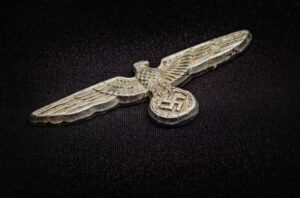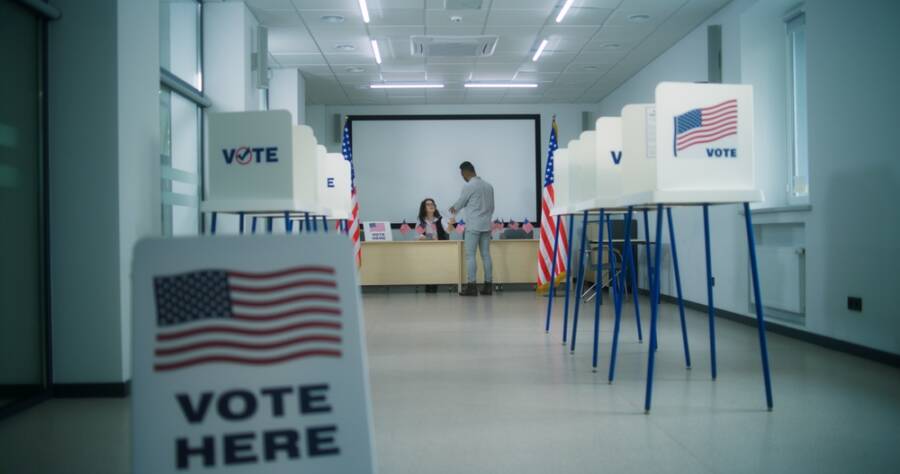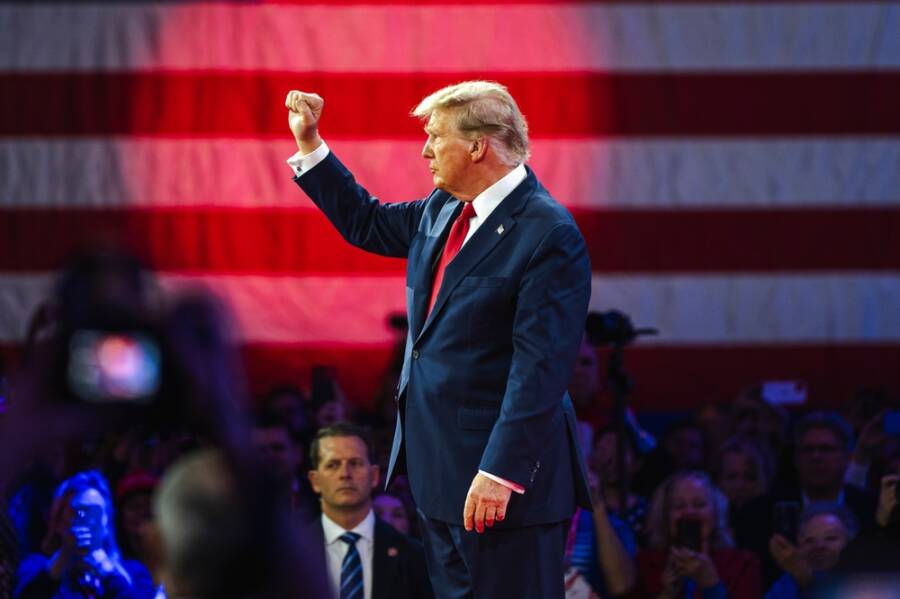Mind-Bending Facts presents: one-dollar bill secrets that not many Americans know!
One of the most recognizable and used items in our gorgeous country is the $1 bill, which features an eagle and pyramid design on the reverse and George Washington’s grim face on the front.
Even if we’ve had this cash in our pockets ever since we had an allowance, you probably still don’t know a lot about it. But not anymore, because in today’s article, we’ll tackle a very interesting subject: the one-dollar bill secrets that not that many people know of.
There are many hidden gems to be found in this bill, from its special designs to its generally unremembered history. If you want to discover all these amazing one-dollar bill secrets, keep reading!
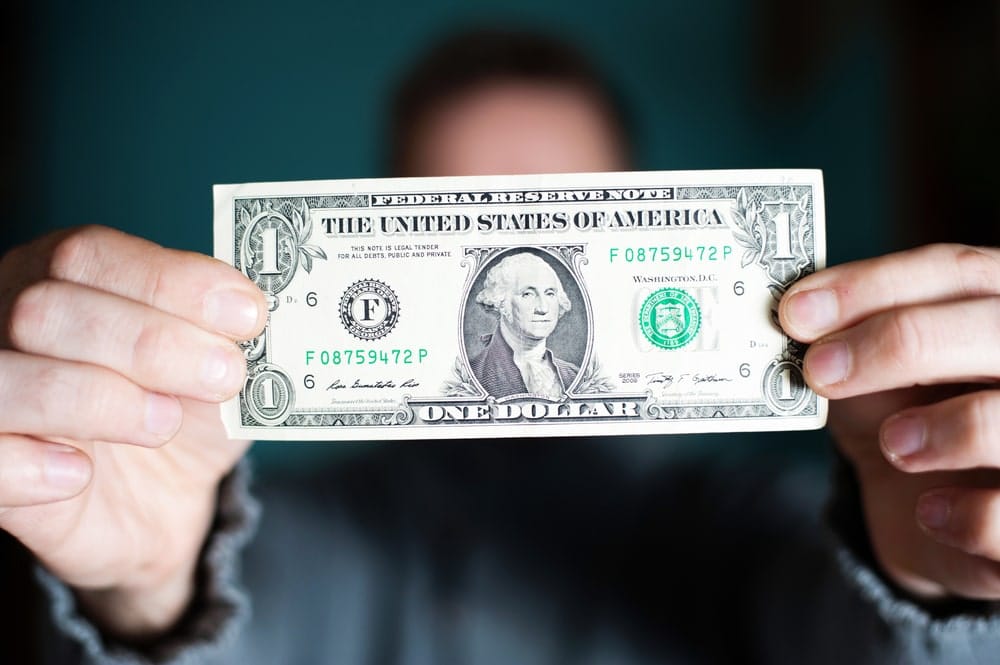
1. In God We Trust
Let’s start with these one-dollar bill secrets by saying a couple of words about its design. The last change that was made to this banknote was in 1963 when the phrase “In God We Trust” was added.
However, the phrase wasn’t something new from the 1960s. In 1956, President Dwight Eisenhower passed a law in which he made the statement America’s official motto. After POTUS’ decisions, this saying started to appear on all U.S. currency.
Don’t go anywhere! We have many one-dollar bill secrets to talk about!
2. It hasn’t changed in the last half-century
Yeah, well, as you can imagine, some things aren’t meant to change, and the $1 bill might be one of these items. In the last 10 or so years, the Federal Reserve has updated the $5, $10, $20, and $50 bills, and they added watermarks and color to outsmart counterfeiters.
But since 1963, when the phrase about faith and God was added, the $1 bill has remained the same. One of the reasons why this happened is because the Financial Services and General Government Appropriations Act’s Section 116 prohibited any potential changes. The U.S. Treasury Department explained that this denomination “is infrequently counterfeited.”
Another reason for the fact that the $1 bill remained the same is the lobbying efforts of the vending machine sector. They would have to redesign their machines to handle new bills, and that can be a long and costly process.
3. George Washington’s face
While we’re so used to seeing George Washington’s face on every $1 bill, he wasn’t always there. The first banknote had Salmon P. Chase’s face there, as he was a politician and attorney, a leading opponent of slavery before the American Civil War, and also President Lincoln’s Secretary of the Treasury between 1861 and 1864.
The banknote with his image on it was first issued in 1862, during the Civil War. Since he was the Secretary of the Treasury, he was also responsible for designing the country’s $1 banknote. However, his project wasn’t meant to last forever because, in 1869, George Washington took his place. Did you know about any of these one-dollar bill secrets?
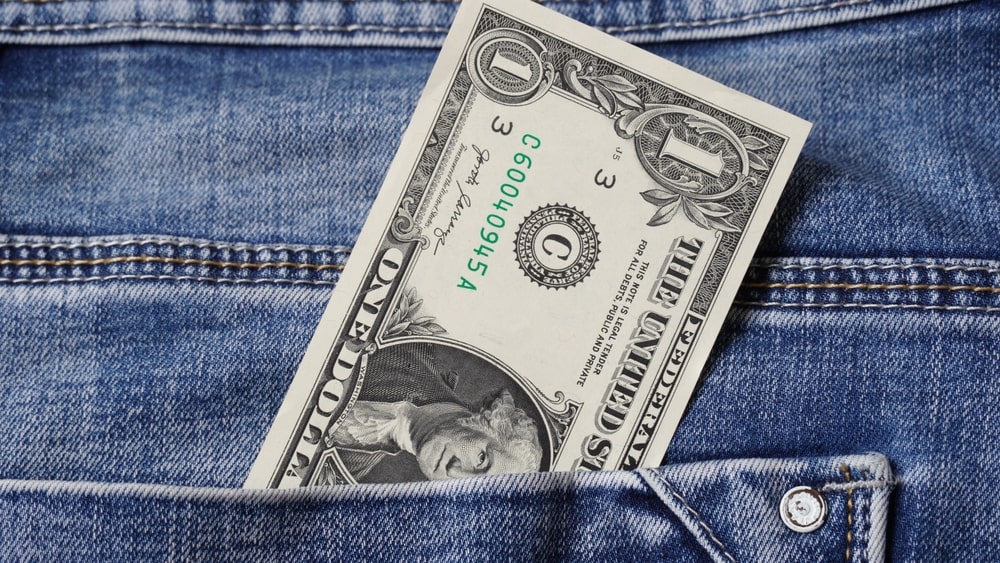
4. What about Martha Washington?
Did you know that one of the most loved FLOTUS’ in history, Martha Washington, was once the face of the $1 silver certificate? The certificates were first printed in 1886, included an engraving of Martha based on her image by Charles Francois Jalabert, and were backed by the silver deposits of the United States government.
These silver certificates had a long run, but production was stopped in 1957. In 1896, Martha and her husband appeared in the last printing with her husband. Even up to this day, the only women who ever appeared on our country’s paper currency were Pocahontas and Martha Washington.
5. Cost of production
There are many one-dollar bill secrets to discuss today, and this time we have to talk about the cost of production. This one’s not a bad return on investments if we dare to say so: compared to the 2.72 cents required to make a penny, the Federal Reserve spends roughly 2.8 cents to produce every $1 currency.
Even if the $2 bill is the same price, the bills are progressively more expensive after that. Moreover, production expenses for the $10, $20, and $100 bills are 4.8 cents, 5.3 cents, and 8.6 cents, so yes, the ROI is pretty good, don’t you think?
6. It’s not made of paper
This one might come as a surprise for many of you. Well, it surely was a surprise for me. Even though we refer to it as “paper money,” the currency is made up of 25% linen and 75% cotton. Can you believe that?
According to the Treasury’s Bureau of Engraving and Printing, that material is sent in batches of 20,000 sheets, each one being meticulously monitored, except for what goes into $100 bills. The Bureau wants to make sure that everything is secured and runs smoothly, so they always blend a couple of different hues of ink. Did you know about these one-dollar bill secrets regarding the used materials? Comment below!
7. Falling out of circulation
The Federal Reserve estimates that a dollar falls out of circulation roughly every 6.6 years on average. That’s way more frequent than the regular $20 bill, which takes up to 7.8 seconds to fall out of circulation. The banknotes that need more time to “disappear” are the $50 bill and the $100 bill, which take around 12.2 years, respectively. However, that’s still less frequent than the $5 bill, which takes 4.7 years to fall out of circulation, as well as the $10 bill, which takes around 5.3 years.
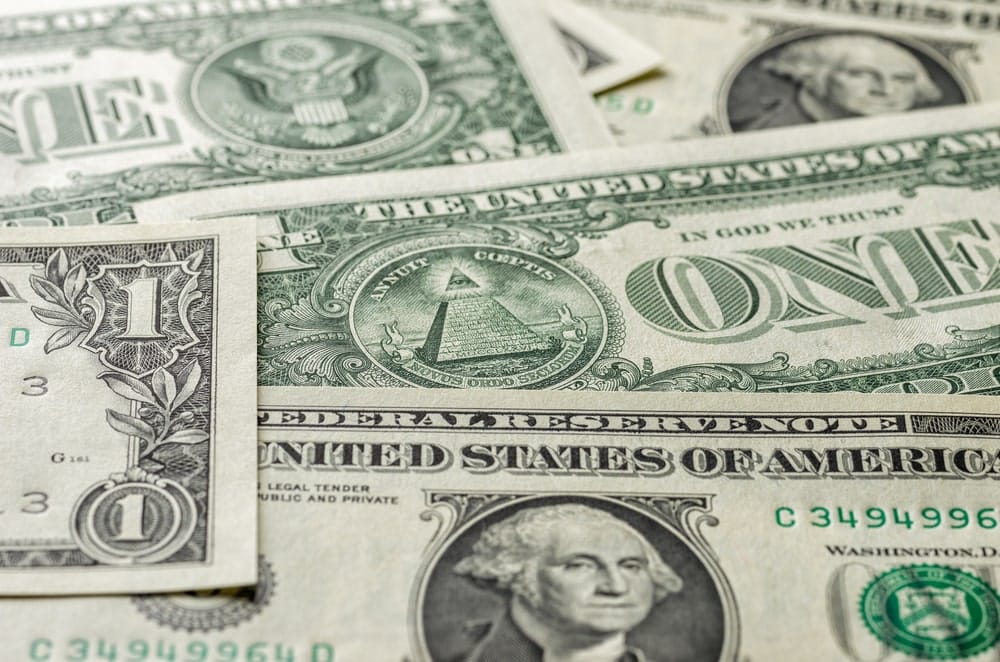
8. You can track it
Did you know you could track your dollar? This is one of the many one-dollar bill secrets that not many people are aware of. If you use the Where’s George website, you can track all the places where your sweet banknote has been or where it will go after spending it.
All you have to do to discover this precious information is to enter its serial number, which will reveal the zip codes it traveled through to get to you. Pretty interesting, right?
9. Number 13
Have you ever looked at how many times the number 13 appears on $1? There are 13 steps on the pyramid, but if you look closer, you’ll also see that the number 13 appears on the money in a few other locations: the Great Seal has 13 stripes and 13 stars, while the eagle’s talon has 13 arrows.
10. The pyramid
If you look at the back of the $1 bill, you’ll notice a big pyramid that has 13 steps, as we’ve previously mentioned, and it represents the young United States. Moreover, the “Eye of Providence” at the top signifies an all-seeing god that is keeping an eye on us. Don’t worry, this isn’t an Illuminati, as some conspiracy theorists would have you believe.
11. You can still them when they’re torn
We’re almost at the end of our one-dollar bill secrets list. While many people would think that you can’t no longer use a banknote in case you happen to tear one, you actually can. Sources say that as long as three-quarters of a bill is looking good, you can ask for an exchange.
Moreover, if your currency is torn in half, you can use it as long as the serial number matches on both sides. If it’s not that ruined, you can send it to the Mutilated Currency Division of the Bureau of Engraving and Printing, where it can be reviewed and even replaced. Sources say that they have to deal with no less than 30,000 claims a year, so they’re pretty used to this.
What do you think about these one-dollar bill secrets? Did any of these things surprise you? Let us know in the comments below! Since we’ve talked about money all day, I have something interesting to tell you: if you’re a currency collector, here’s something you might like!
If you enjoyed reading this article and you’d like to read something else from Mind-Bending Facts, here’s a good post for you: MUST-SEE: 9 Craziest Things People Found in Their Toilets



